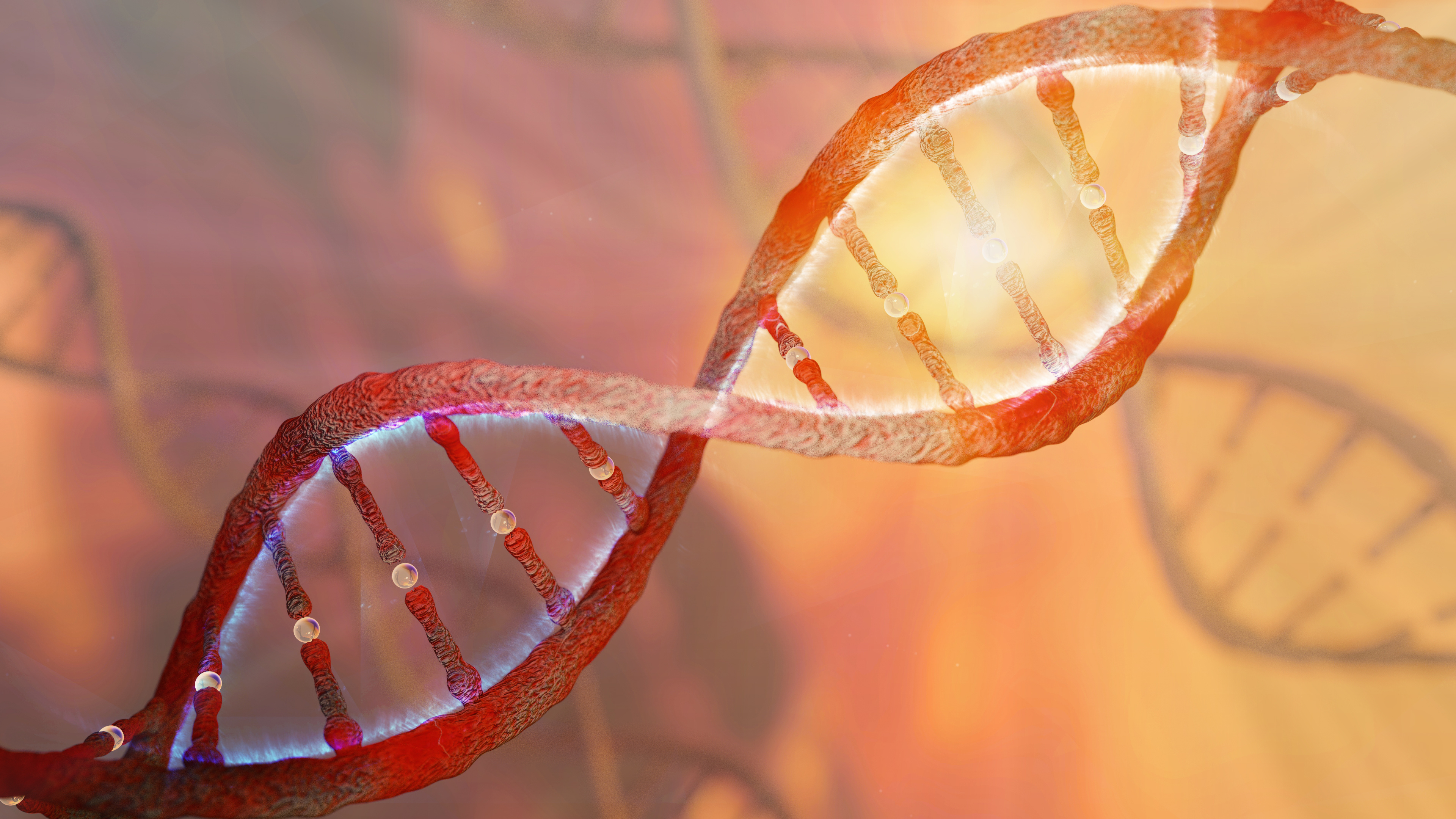Media release
From:
A new generation of CRISPR technology developed at UNSW Sydney offers a safer path to treating genetic diseases like Sickle Cell, while also proving beyond doubt that chemical tags on DNA — often thought to be little more than genetic cobwebs — actively silence genes.
For decades, scientists have debated whether methyl groups — small chemical clusters that accumulate on DNA — are simply detritus that accumulates in the genome where genes are turned off, or the actual cause of gene repression.
But now researchers at UNSW, working with colleagues in the US at the St Jude Children’s Research Hospital (Memphis), have shown in a paper published recently in Nature Communications, that removing these tags can switch genes back on, confirming that methylation is not just correlated with silencing, but directly responsible for it.
“We showed very clearly that if you brush the cobwebs off, the gene comes on,” says study lead author Professor Merlin Crossley, UNSW Deputy Vice-Chancellor Academic Quality.
“And when we added the methyl groups back to the genes, they turned off again. So, these compounds aren’t cobwebs — they’re anchors.”
A brief history of CRISPR
CRISPR – otherwise known as Clustered Regularly Interspaced Short Palindromic Repeats – forms the basis of gene-editing technology that allows scientists to find and change faulty sections of DNA, often by replacing them with healthy ones.
It harnesses what is already a naturally occurring process, first observed in bacteria fighting off invading viruses by ‘snipping’ the virus DNA strands.
The first generation of CRISPR lab tools worked in this way, by cutting DNA sequences to disable faulty genes. The second generation allowed researchers to zoom in and correct individual letters in the genetic code. But both approaches involved making cuts to the genetic code, which comes with the risk of unwanted changes that could cause other health problems.
But the third generation – known as epigenetic editing – looks at the surface of the genes found in the nucleus of every cell in the body. Rather than cutting DNA strands to remove or edit faulty genes, this method removes methyl groups attached to silenced or suppressed genes.
Sickle Cell diseases
The researchers say epigenetic editing could be used to treat people affected by Sickle Cell-related diseases, which are genetic mutations that alter the shape and function of red blood cells, leading to chronic pain, organ damage, and reduced life expectancy.
“Whenever you cut DNA, there’s a risk of cancer. And if you’re doing a gene therapy for a lifelong disease, that’s a bad kind of risk,” Prof. Crossley says.
“But if we can do gene therapy that doesn’t involve snipping DNA strands, then we avoid these potential pitfalls.”
Instead of cutting, the new method uses a modified CRISPR system to deliver enzymes that remove methyl groups from DNA — effectively lifting the brakes on silenced genes. The fetal globin gene plays a crucial role in delivering oxygenated blood to a developing fetus in utero, and the researchers say switching it back on following birth could provide a neat workaround for the faulty adult globin gene that has caused Sickle Cell diseases.
“You can think of the fetal globin gene as the training wheels on a kid’s bike,” says Prof. Crossley. “We believe we can get them working again in people who need new wheels.”
The big picture
So far, all work to achieve this has been carried out in a lab on human cells in a test-tube at UNSW and in Memphis.
Study co-author Professor Kate Quinlan says the discovery is not only promising for people with Sickle Cell disease, but other genetic diseases where turning certain genes on or off by altering the methyl groups avoids having to cut DNA strands.
“We are excited about the future of epigenetic editing as our study shows that it allows us to boost gene expression without modifying the DNA sequence. Therapies based on this technology are likely to have a reduced risk of unintended negative effects compared to first or second generation CRISPR,” she says.
In a few years – once testing in animals and clinical trials were complete – doctors using the new method to treat Sickle Cell diseases would start by collecting some of the patient’s blood stem cells that make new red blood cells. In a lab, they would use epigenetic editing to remove the methyl chemical tags from the fetal globin gene to reactivate it. Then, the edited cells would be returned to the patient, where they settle back into the bone marrow and start producing better-functioning blood cells.
The road ahead
Next the researchers from UNSW & St Jude will test the efficacy of these approaches in animal models but also try more CRISPR related tools.
“Perhaps the most important thing is that it is now possible to target molecules to individual genes,” Prof. Crossley says.
“Here we removed or added methyl groups but that is just the beginning, there are other changes that one could make that would increase our abilities to alter gene output for therapeutic and agricultural purposes. This is the very beginning of a new age.”



 Australia; NSW
Australia; NSW


